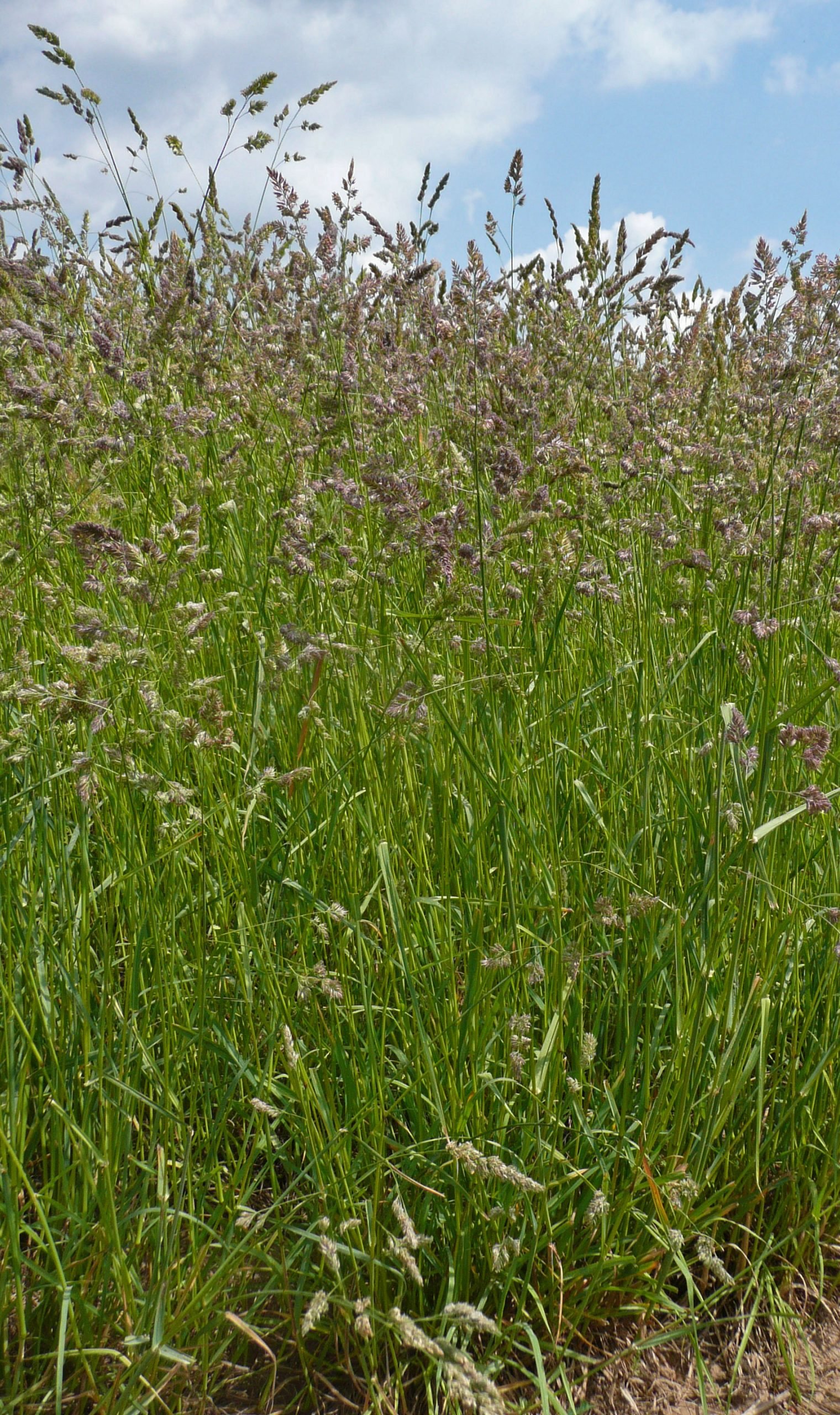Description
Cocksfoot is a tall perennial grass with stout one-sided clumped flower/seed heads whose resemblance to a cock’s foot gives it its name. It has somewhat coarse foliage which can grow to form dense tufts or tussocks if unchecked by mowing and grazing. Agricultural cocksfoot varieties have been bred for fodder production and selected to be more vigorous and productive than wild forms.
Habitat Information
Cocksfoot is a widespread grass present in a wide range of grassy habitats including meadows, pastures, downland, upland and coastal grasslands, field margins, roadsides , waste ground and open woods.
It is most prominent on fertile, neutral and basic soils. For a grass it is deep rooting so more tolerant of drought than most. It does less well in wetland.
Growing Information
Cocksfoot seed can be sown at any time of the year when soil conditions are suitable. It is a vigorous grass so quick to establish ground cover when sown in good growing conditions.
Cocksfoot is a competitive grass, particularly with lax mowing or grazing management; its expanding tussocks exclude, and its tall growth overshadows smaller flowers and grasses. It spreads by seed, and as it occurs widely in the environment, is good at natural regeneration and colonising gaps. For these reasons it is best avoided as a component of finer meadow and grassland seed specifications. Many field margins on arable land have been sown with cheap habitat seed mixtures with agricultural cocksfoot and have subsequently become an impenetrable forest’ dominated by its tall growth.
Cocksfoot should not be written off altogether however as it can deliver habitat benefits for wildlife, either as food for caterpillars, or as shelter for invertebrates and small mammals amongst its persistent tussocks. On this basis it has a place as a component of rough and tussocky grassland which can be created alongside, but separate to, meadows and other flower rich habitat.
Cocksfoot has had a long love/hate relationship with farmers. It is potentially a very palatable and productive grass for both grazing and hay, especially useful on dry soils. It is quick to grow in spring to give an early bite, and to regrow after mowing. However unless it is managed carefully in a mixed sward its leaves get coarse with age, less attractive to livestock and prone to developing tough tussocks.
Cocksfoot stands well and is nice to mow with a scythe when young and mixed with other grasses. Well-developed tussocks in over-stood grassland however will stop a scythe mid swing or stall a petrol mower.


